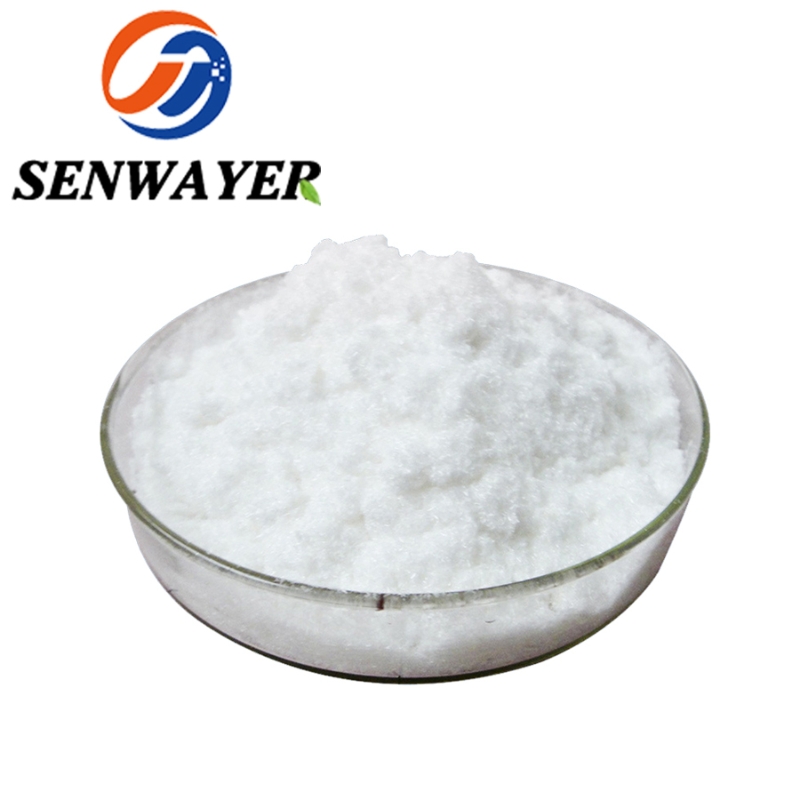-
Categories
-
Pharmaceutical Intermediates
-
Active Pharmaceutical Ingredients
-
Food Additives
- Industrial Coatings
- Agrochemicals
- Dyes and Pigments
- Surfactant
- Flavors and Fragrances
- Chemical Reagents
- Catalyst and Auxiliary
- Natural Products
- Inorganic Chemistry
-
Organic Chemistry
-
Biochemical Engineering
- Analytical Chemistry
-
Cosmetic Ingredient
- Water Treatment Chemical
-
Pharmaceutical Intermediates
Promotion
ECHEMI Mall
Wholesale
Weekly Price
Exhibition
News
-
Trade Service
The condenser of -140°C cryogenic freezer is prone to the phenomenon of pipeline scale formation after long-term use, if not disposed of in time, these scales will affect the heat exchange effect, resulting in an increase in the condensing temperature of the unit, which in turn leads to a decrease in cooling capacity and an increase
in the power consumption of the unit.
1.
Mechanical descaling method: mechanical descaling is a method of descaling the condenser of the steel cooling pipe with a flexible shaft pipe washer, and the operation method is to extract the refrigerant in the condenser; Close all valves
connected to the condenser and the refrigeration system.
2.
Chemical pickling and descaling method: clean the condenser with the prepared weak acid descaler, so that the scale can fall off and improve the heat transfer efficiency
of the condenser.
The operation method is: prepare the descaling solution in the pickling tank, start the pickling pump, so that the descaling agent solution circulates in the condenser condenser for 24 hours, and under normal circumstances, the scale is basically removed after 24 hours; After stopping the pickling pump, use a round steel brush to pull the brush back and forth in the pipe wall of the condenser, and rinse the scale and rust with clean water; Then repeatedly wash the descaler solution remaining in the tube with clean water until it is clean
.
3
.
Electronic magnetic water descaling method: The working principle of the electronic magnetic water is to dissolve calcium, magnesium and other salts in the cooling water flowing through the condenser in the form of positive and negative ions at room temperature.
When the cooling water flows through the transverse magnetic field of the magnetizer at a certain speed, the dissolved calcium and magnesium plasma obtain induced electrical energy, so that the charge state changes, and the electrostatic attraction between the ions is disturbed and destroyed, which changes its crystallization conditions, so that the structure of the crystal is loose, the tensile and compressive resistance is reduced, and the hard scale with strong adhesion cannot be formed, and the loose sludge is discharged
with the flow of cooling water.
This descaling method can not only effectively prevent the generation of new scale, but also remove the original scale, because after the use of the electronic magnet, the ions lose their scaling ability, which loses the protective effect
on the original scale.
In addition, the magnetized cooling water has a certain amount of induction electric energy, and at the same time, due to the different expansion coefficients of the steel pipe and scale in the condenser, the original scale gradually cracks, and the magnetized water continuously invades its cracks, destroying the adhesion of the original scale, so that it gradually loosens and falls off by itself and is constantly taken away
by the circulating cooling water 。 -140 °C cryogenic freezer condenser once scale, the heat conduction resistance is large, so the thermal resistance increases, the heat transfer coefficient value will be reduced, because the condensing temperature is inversely proportional to the heat transfer coefficient, so the condenser temperature rises, the condensing pressure also increases accordingly, and the more serious the condenser scaling, the more significant the condensing pressure increases, which increases the power consumption of the refrigerator, and causes the power consumption of the operating equipment of the refrigeration system to increase accordingly, resulting in a waste of electric energy
.







